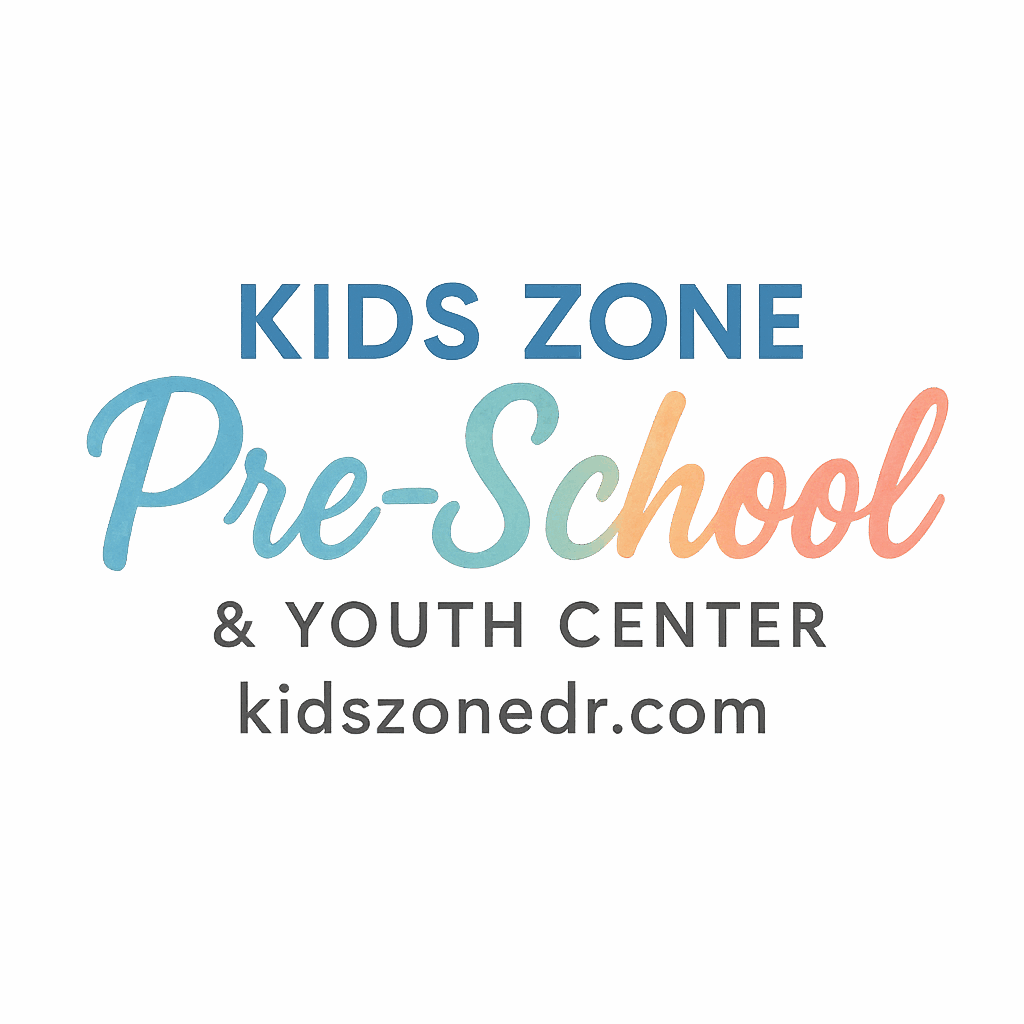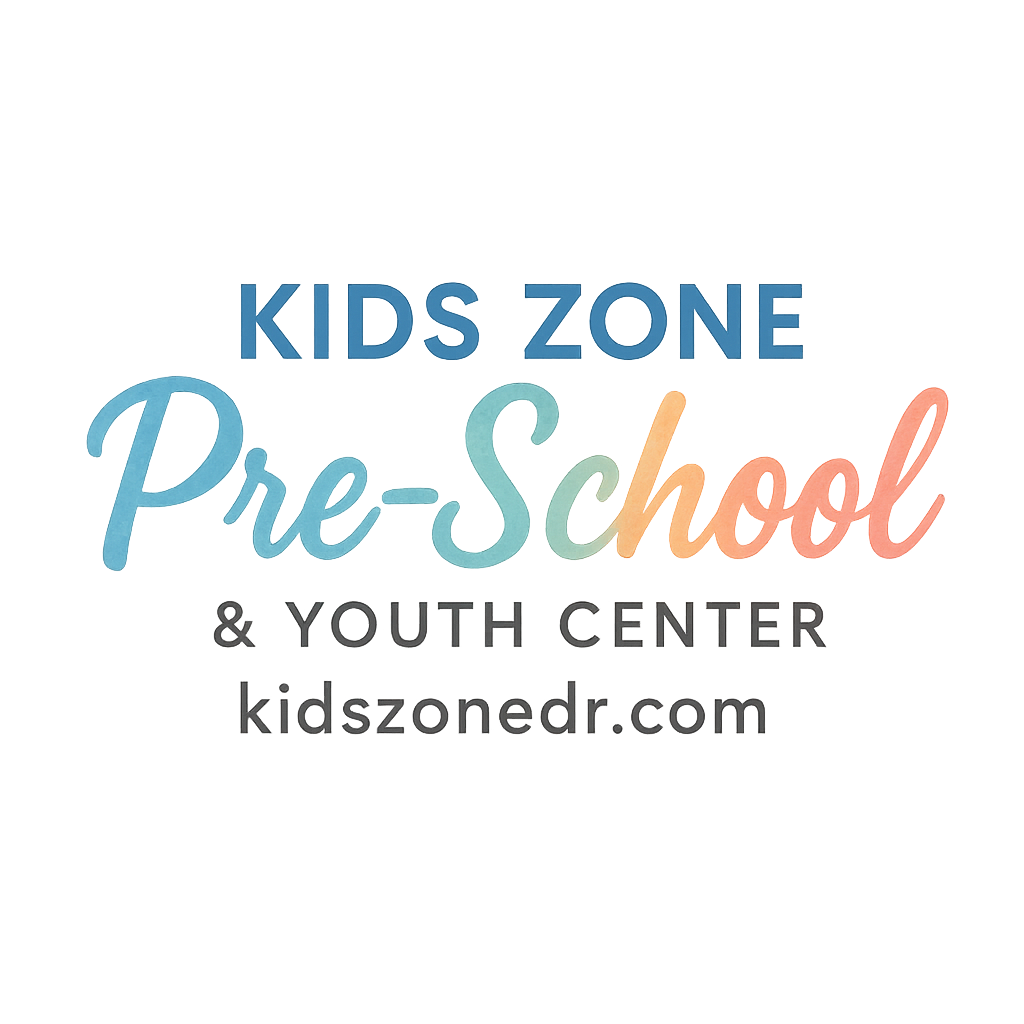Why Early Literacy Matters for Preschool and Youth Development
When children step into preschool or youth centers, their world expands rapidly. Early literacy is more than just learning ABCs—it’s the foundation for lifelong learning, communication, and confidence. Kids who develop strong reading habits at an early age are more likely to succeed in school and beyond.
If you’re a parent, your role in this journey is powerful. Teachers provide structured lessons, but literacy blooms at home and in everyday routines. Let’s dive into some practical literacy tips that blend home life with preschool and youth center support.
Building Strong Literacy Foundations at Home and School
Every child learns differently, but one thing is universal: literacy thrives with consistency. Parents and educators can work together to create an environment rich in language, reading, and curiosity.
The Role of Parents in Supporting Literacy Growth
Your encouragement makes a difference. By reading stories, asking questions, and modeling curiosity, you show your child that reading isn’t just a school task—it’s part of life.
How Preschools and Youth Centers Encourage Reading
Preschools and youth centers often use songs, story circles, and hands-on activities to nurture reading. When parents extend those habits at home, children get a double boost of literacy practice.
10 Practical Literacy Tips Parents Can Use
Here are ten literacy-building strategies you can start today—simple, fun, and proven to help your child grow.
1. Create a Daily Reading Routine
Making Reading a Habit
Kids love structure. Just like brushing teeth before bed, make reading a predictable part of the day. Morning cuddles with a story or bedtime books help reading feel natural.
Linking Reading to Preschool Routines
Check out these daily routines and activities that can support literacy. When reading aligns with classroom schedules, kids adapt quickly.
2. Surround Your Child with Books
Building a Mini Library at Home
Fill baskets, shelves, or even corners with books. The more visible books are, the more likely children will reach for them.
Choosing Age-Appropriate Books
For preschoolers, look for picture books with rhymes, simple sentences, and vibrant illustrations. For youth center-aged kids, early chapter books can be exciting.
3. Read Aloud Every Day
The Power of Storytelling
When you read aloud, children hear the rhythm and melody of language. This builds listening skills, comprehension, and a love for stories.
Engaging with Voices and Expression
Add fun—use silly voices, sound effects, and gestures. Children will beg you to read the same book over and over (and that’s a good thing).
4. Encourage Conversations and Questions
Building Vocabulary Through Talk
Conversations are mini-literacy lessons. Talk during car rides, meal prep, or walks to help children connect words with the world around them.
Using Open-Ended Questions
Instead of “Did you like the story?” ask, “What would you do if you were the main character?” This sparks critical thinking and creativity.

5. Play Literacy-Based Games
Letter and Sound Games
Make learning fun. Try alphabet bingo, matching sounds to objects, or using magnetic letters on the fridge.
Word Hunts and Matching Games
Turn your home into a treasure hunt. Hide words or letters for your child to find and match. It feels like play but builds literacy skills.
6. Connect Reading with Daily Activities
Reading Signs, Labels, and Menus
Reading opportunities are everywhere—store signs, cereal boxes, restaurant menus. Show kids that reading isn’t limited to books.
Turning Daily Routines into Learning Moments
See daily schedules for more structured literacy-building routines. Even bedtime rituals can include short poems or story snippets.
7. Use Songs, Rhymes, and Poems
Why Rhythm Helps Early Literacy
Songs and rhymes build memory and phonemic awareness—the ability to hear and manipulate sounds.
Fun Ways to Add Music and Rhymes
Play rhyming games, sing nursery rhymes, or invent your own family song. Children soak up rhythm like sponges.
8. Encourage Writing Alongside Reading
Drawing and Scribbling as Pre-Writing
Don’t worry if your child can’t write words yet. Scribbles, doodles, and letter-like shapes are all early writing forms.
Simple Writing Activities for Preschoolers
Encourage children to write shopping lists, label their artwork, or “sign” cards. Pairing writing with reading strengthens both skills.
9. Be a Reading Role Model
Letting Kids See You Read
Children imitate what they see. If you read books, magazines, or even recipes, your child learns that reading is valuable.
Family Reading Time Together
Create a cozy reading hour where everyone—parents, siblings, grandparents—reads together. It builds habits and strengthens family bonds.
10. Collaborate with Teachers and Youth Centers
Communication with Educators
Stay in touch with your child’s teachers. Ask what books or literacy activities they’re working on so you can mirror them at home.
Supporting Literacy Goals at School and Home
Resources like preschool learning development show how structured learning blends with home support. Working together creates a stronger foundation.
Additional Resources for Parents
Literacy Activities from Home to Preschool
Sites like Kids Zone provide tips on routines, parental involvement, and child development.
Using Online Parenting Guides
Explore guides on choosing the right preschool, health & safety, and growth milestones for well-rounded support.
Common Challenges in Early Literacy and How to Overcome Them
Short Attention Spans
Keep sessions short and sweet—5–10 minutes is enough. Gradually extend time as your child’s focus grows.
Reluctant Readers
Don’t force it. Let kids choose books they enjoy—even if it’s comics, magazines, or picture-heavy stories. Interest fuels motivation.
Balancing Screen Time with Reading Time
Screens aren’t the enemy, but balance is key. Try “read first, screen later” rules to make reading a priority.
Conclusion: Helping Children Fall in Love with Reading
Raising a reader doesn’t require fancy programs or expensive resources. It’s about small, consistent steps: routines, conversations, games, and modeling. With these literacy tips, you’re not only teaching your child to read—you’re nurturing curiosity, imagination, and lifelong learning.
FAQs
1. What’s the best age to start literacy activities?
You can start from infancy! Even babies benefit from hearing language and being read to.
2. How much time should I spend reading with my preschooler?
Aim for at least 15 minutes a day, but even short bursts throughout the day add up.
3. What if my child isn’t interested in books?
Let them choose their own reading material—comic books, picture dictionaries, or magazines count too.
4. How can I support literacy if English isn’t my first language?
Read in your native language. Building strong language skills in any language supports literacy overall.
5. Can screen-based learning apps replace books?
No. Apps can complement learning but should never replace hands-on reading and conversation.
6. How do youth centers support literacy?
They provide structured activities like story circles, reading groups, and creative writing exercises.
7. What’s the biggest mistake parents make with early literacy?
Turning reading into a chore. Keep it fun, relaxed, and engaging, so children see it as a joy, not a duty.


